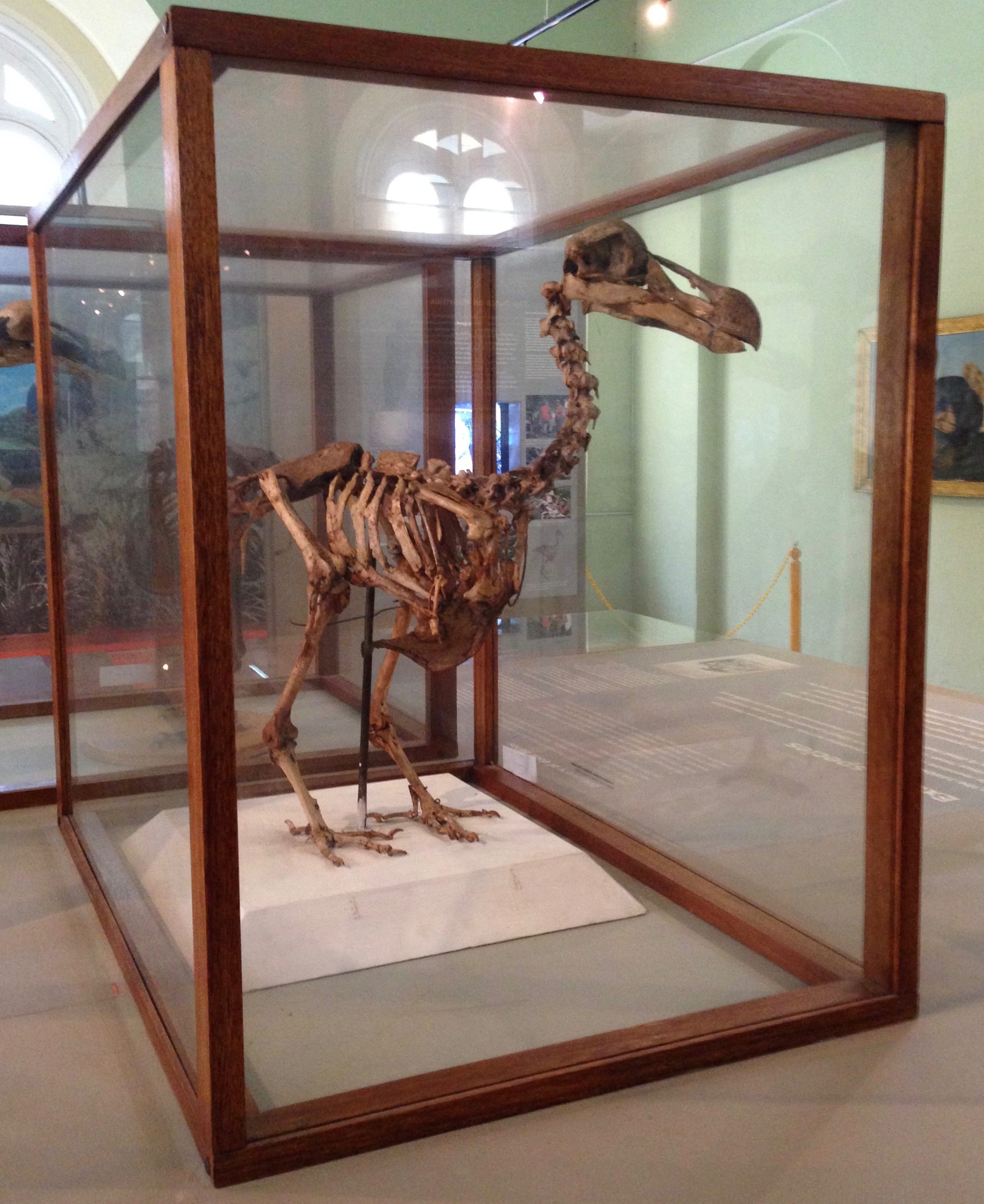
In contrast, all other known dodo skeletons are incomplete and typically made up from the bones of many different individuals. The second Thirioux specimen, now housed in the Durban Natural Science Museum, is nearly complete but may have been assembled from the remains of more than one bird. The Thirioux skeleton housed in the Mauritius Institute represents the only known complete dodo skeleton, and the only one comprising the bones of a single individual. Sadly, Thirioux’s exceptional discoveries never received the attention they deserved, and have never been described scientifically before. The dodo skeletons described in this Memoir were discovered more than a century ago by an amateur naturalist, Etienne Thirioux, who was a barber by trade. The atlas opens new pathways for the investigation of the paleobiology and evolution of what may arguably be one of the most famous, yet surprisingly poorly known animals that went extinct in recent human history. Published 150 years after Sir Richard Owen’s first scientific description of dodo anatomy, based on incomplete, composite skeletons, the new atlas is the first to show accurate relative proportions and to describe several previously unknown bones of the dodo skeleton, including knee caps, ankle and wrist bones. This atlas, published as the fifteenth Memoir of the Society of Vertebrate Paleontology, represents the culmination of nearly five years of work and thousands of man-hours of digital investigation on the only two associated, near-complete skeletons of the dodo in existence.

Now, for the first time since its extinction, a 3-D atlas of the skeletal anatomy of the dodo has been created, based upon two exceptional dodo skeletons that have remained unstudied for over a century.

The dodo represents one of the best-known examples of extinction caused by humans, yet we know surprisingly little about this flightless pigeon from a scientific perspective.


 0 kommentar(er)
0 kommentar(er)
